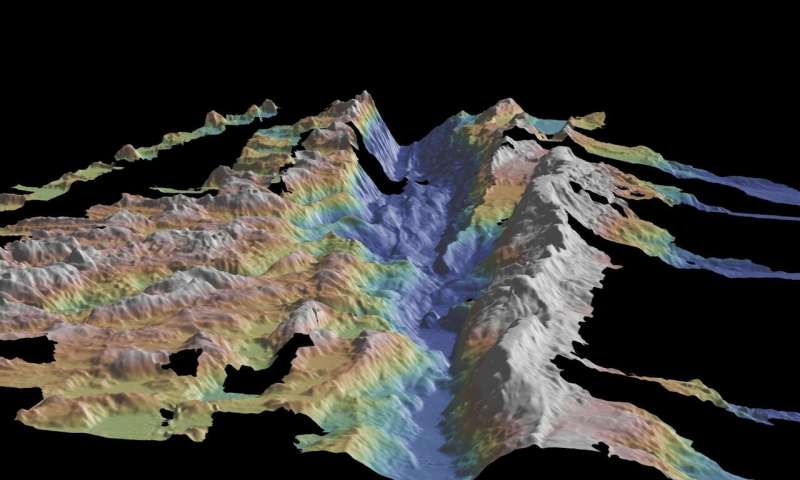Tectonic earthquakes occur when mountain plates shift or as a result of collisions of oceanic
Fracture strength and duration along the faultaffect ground shaking on the surface, which could damage buildings or cause a tsunami. Ultimately, knowledge of fault fracture mechanisms and associated physics will help researchers create more accurate models and predictions of future earthquakes, and can also be used in earthquake early warning systems.
Although strong earthquakes (magnitude 7 orabove) occur on land and are measured by a nearby network of monitors (seismometers), these earthquakes often cause movement along a complex network of faults, such as dominoes. This makes it difficult to track the mechanisms underlying the origin of the seismic shear.

In 2016, they registered an earthquakemagnitude 7.1 along the Romansh fault zone and tracked the fault along the fault. This showed that initially the rupture was moving in one direction, and then reversed halfway through the earthquake and broke the "seismic sound barrier", turning into an ultra-fast earthquake.
There are only a few such earthquakes registered in the world. The team believes that the first phase of the rupture was critical in generating the second, rapidly declining phase.
Read also
The last ice shelf in Canada collapsed into the ocean. He lost 40% in two days
See what Hubble's successor can see in space. Webb telescope overview
Russia has opened flights with a number of countries. How safe is it to fly there?